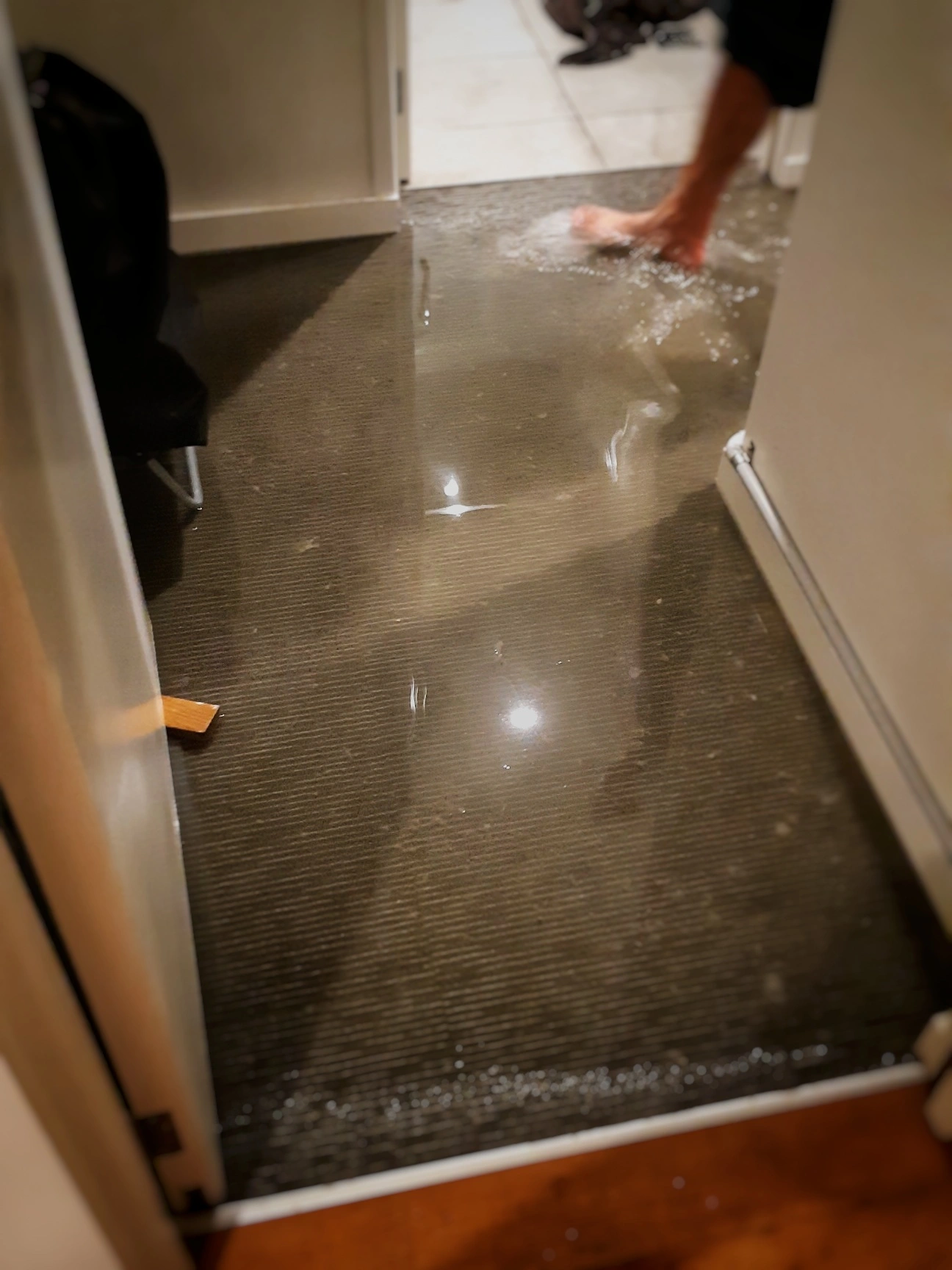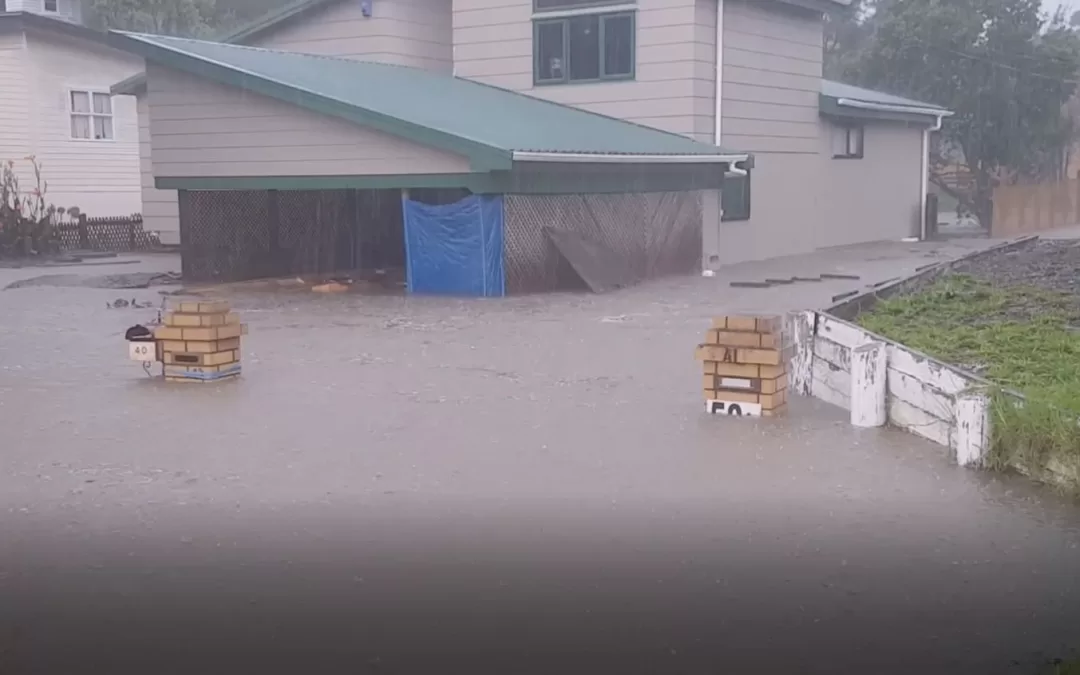Perhaps you’ve come home to a burst pipe, or an extreme weather event has led to an influx of water from outside. Experiencing a flood in your home can be a distressing and overwhelming situation.
There are different classes of water contamination relating to floods that will determine the remediation process. The most important action being to prioritise the safety of yourself and your family. In this article, we will outline essential steps to follow when dealing with flood clean up.
Please note that the information provided is considered as general guidance. For specific situations, it is advisable to call us the professionals experienced in flood recovery and here to help you.

Step 1: Ensure Personal Safety
The safety of yourself and your family should be the top priority after a flood. Prioritise safely shutting down electrical equipment and be cautious of potential hazards where objects may be unstable or dislodged from original positions.
Step 2: Document the Damage
Take lots of photographs and videos before and after the water levels have gone down of the flood-affected areas in your home. This documentation will be helpful for insurance claims and can serve as evidence of the extent of the damage.
Step 3: Remove Excess Water
Begin removing excess water from your home as soon as possible. Use buckets, mops, or a wet/dry vacuum to extract water from the affected areas. Open windows and doors to enhance ventilation and aid in the drying process.
Step 4: Turn off Utilities
If you haven’t already and it is safe to do so, turn off all external power, gas, and water supplies to your home. This step will help prevent further damage and ensure the safety of occupants.
Step 5: Dispose of Damaged Items
Dispose of any items that have been extensively damaged by the flood, such as soaked carpets, furniture, or belongings that cannot be salvaged. Properly document the discarded items for insurance purposes, the more photos the better.
Step 6: Prevent Mould Growth
Mould can begin to grow within 24-48 hours after a flood. To prevent mould growth, ensure thorough drying of affected areas and use dehumidifiers or fans to aid in the process. If mould growth is suspected or visible, consult with us as professionals experienced in mould remediation.
Step 7: Seek Professional Assistance
Contact us as providers of professional flood recovery and restoration services to assess the extent of the damage and provide expert guidance. We have the necessary equipment and expertise to handle the cleanup, drying, and decontamination process effectively. Moisture readings and the removal of some wall linings may be required if the damage is extensive. Remember time is of the essence.
Dealing with a house flood requires prompt action and careful attention to ensure the safety of occupants and minimise damage. By following the essential steps outlined in this article, you can navigate through this challenging situation more effectively. Remember, it is crucial to consult with professionals for expert advice and flood restoration tailored to your specific circumstances.


